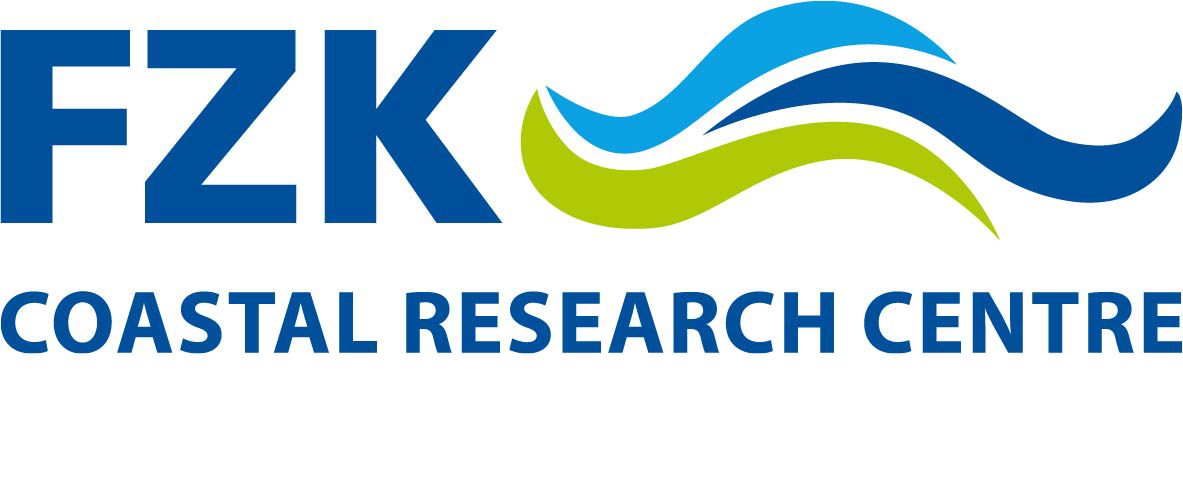As part of a German-Brazilian research collaboration between LUH and UFRJ, a second publication has now emerged from sub-project A03 of SFB1463 "Offshore Megastructures - Integrated Design and Operational Methodology for Offshore Megastructures". The May 2022 ASCE Journal of Waterway, Port, Coastal, and Ocean Engineering (Link) paper by de Souza e Silva et al. (2022) entitled Directional Infragravity Waves Induced by Bichromatic and Bidirectional Waves: Theoretical Approach and Experimental Affirmation is available for download as an OpenAccess publication (DOI: 10.1061/(ASCE)WW.1943-5460.0000711).
The publication shows that
- the order of magnitude of all properties of the infragravity waves can be described with a second-order approach, but are strongly dependent on the individual combination of the periods and directions of the primary wave trains,
- the direction of the bound wave regularly differs from that of the primary waves, and
- the induced radiation stresses of the infragravity waves outside the surf zone show a spatially and temporally oscillating pattern that interacts with offshore megastructure.
In essence, the publication validates and extends the current state of knowledge that a multimodal and multidirectional sea state is the essential and necessary condition for the formation of two-dimensional wave groups and arises from the interaction between bidirectional primary wave trains, each with its own period, height and direction of propagation. Bimodal spectra of waves have been known for a long time, but are poorly understood and predictable by modeling infrastructure load functions. Essentially, they arise from changes in the wind pattern of the meteorological system that is the premise for superimposing the propagation of uncorrelated spectra acquired at different times and/or at different locations in the ocean. All that was known so far was that the propagation of two wave trains with different properties in the same medium creates a long-period bound wave with a much lower wave height than the primary waves, which is imperceptible to the human eye but has remarkable effects on infrastructure or ships.
The researchers from Hanover and Rio de Janeiro demonstrate for the first time in a systematic series of tests the so-called bidirectional and multimodal infragravity waves in a test facility in the laboratory, which have great relevance to hydrodynamic phenomena by, among other things, morphological developments in shallow water or resonance phenomena in coastal and port structures or offshore structures such as wind turbines and can lead to significant loads and signs of fatigue.
The researchers not only prove the occurrence and the development of infragravity waves, but also derive an analytical model for practical calculations for various conditions that lead to the formation of these long-period, directed wave trains.


